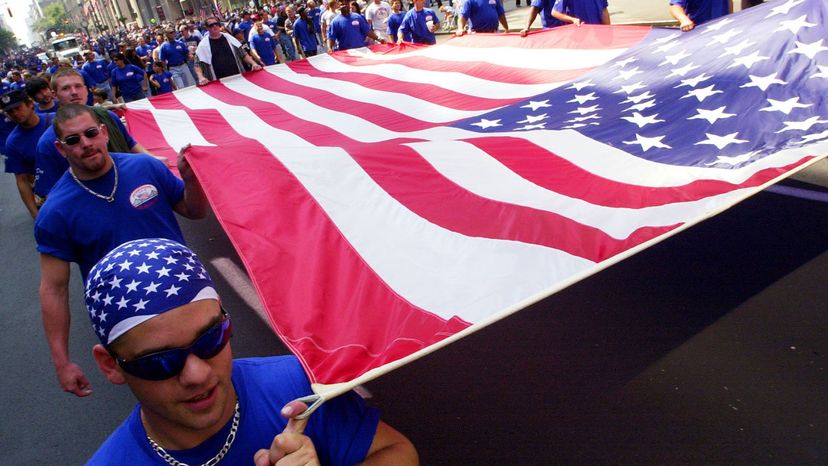
For a lot of people, Labor Day means two things: a day off and the end of summer. But why is it called Labor Day? Labor Day is a day set aside to pay tribute to working men and women. It has been celebrated as a national holiday in the United States and Canada since 1894.
Labor unions themselves celebrated the first labor days in the United States, although there's some speculation as to exactly who came up with the idea. Most historians credit Peter McGuire, general secretary of the Brotherhood of Carpenters and Joiners and a cofounder of the American Federation of Labor, with the original idea of a day for workers to show their solidarity. Others credit Matthew Maguire, later the secretary of Local 344 of the International Association of Machinists in Paterson, N.J. Either way, Maguire's union, the Central Labor Union, seems to be the one that came up with the first Labor Day proposal of how to commemorate the day [source: U.S. Dept. of Labor].
Advertisement
The first Labor Day parade occurred Sept. 5, 1882, in New York City. The workers' unions chose the first Monday in September because it was halfway between Independence Day and Thanksgiving. At the time, people worked an average of 60 hours a week, but unions were agitating for shorter workweeks and more paid days off [source: EH.net]. The idea of a Labor Day spread across the country, and some states designated it as a holiday before the federal holiday was created.
The first state to designate a Labor Day holiday by law was Oregon in 1887. Some 30 states had adopted the holiday by the time Congress made the first Monday in September a federal holiday, on June 28, 1894. President Grover Cleveland signed the bill into law, which is interesting because Cleveland was not a labor union supporter. In fact, he was trying to repair some political damage that he suffered earlier that year when he sent federal troops to put down a strike by the American Railway Union at the Pullman Co. in Chicago. That action resulted in the deaths of 30 workers [source: Cain].
The original form of the holiday was a street parade to show the public "the strength and esprit de corps of the trade and labor organizations" followed by a large picnic to provide some fun for workers and their families [source: U.S. Dept. of Labor]. Labor Day now carries less significance as a celebration of working people and more as the end of summer. Schools, government offices and businesses are closed on Labor Day so people can get in one last trip to the beach or have one last cookout before the weather starts to turn colder. Membership in labor unions in the United States reached an all-time high in the 1950s when about 33 percent of the workforce belonged to unions. In 2021, union membership was about 10.3 percent of the working population, according to the Bureau of Labor Statistics.
In European countries, China and other parts of the world, May Day, the first day in May, is a holiday to celebrate workers and labor unions. It's also known as Labor (Labour) Day. Before it became an international workers holiday, May Day was a celebration of spring and the promise of summer.
Advertisement